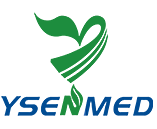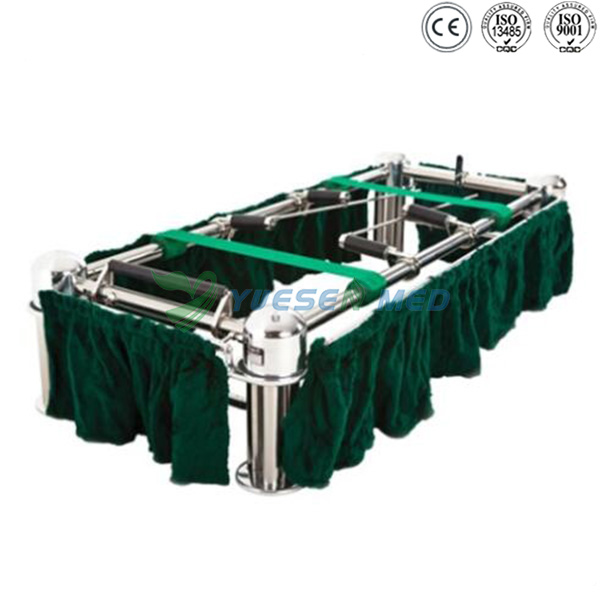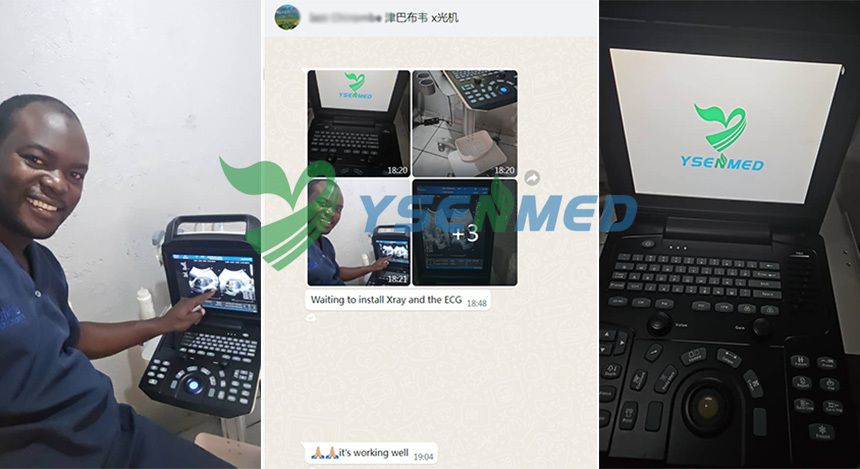Title: Safeguarding Patients: Exploring the Crucial Role of Medical Anesthesia Machines
Introduction:
In the realm of modern medicine, ensuring patient safety is paramount, particularly during surgical procedures and medical interventions.
Medical anesthesia machines are vital components of operating rooms and procedural areas, delivering precise and controlled anesthesia to patients undergoing surgery or other medical procedures. This comprehensive article delves into the critical role of medical anesthesia machines in safeguarding patient safety, exploring their functionalities, components, applications, and advancements in anesthesia delivery technology.
Understanding Medical Anesthesia Machines:
Medical anesthesia machines, also known as anesthesia workstations or anesthesia delivery systems, are complex devices designed to administer anesthetic agents and gases to patients, maintaining optimal anesthesia depth and patient comfort throughout surgical procedures. These machines integrate various components and features to ensure accurate gas delivery, patient monitoring, and safety during anesthesia induction, maintenance, and emergence.
Functionalities and Components:
Gas Delivery System: The gas delivery system of medical anesthesia machines includes components such as gas cylinders, pressure regulators, flow meters, vaporizers, and breathing circuits. These components work together to deliver a precise mixture of oxygen, air, and volatile anesthetic agents to the patient according to the anesthesiologist's specifications.
Ventilation System: The ventilation system of anesthesia machines facilitates mechanical ventilation of the patient's lungs during anesthesia induction and maintenance. It includes components such as ventilators, breathing circuits, ventilator modes, and settings for controlling tidal volume, respiratory rate, and positive end-expiratory pressure (PEEP).
Vaporizers: Vaporizers are devices that convert liquid anesthetic agents into vapor form, allowing for precise and controlled delivery of volatile anesthetics to the patient. Modern anesthesia machines may feature integrated vaporizers with electronic controls and safety mechanisms to ensure accurate vapor concentration and prevent over- or under-dosing of anesthesia.
Monitoring and Safety Features: Anesthesia machines are equipped with a range of monitoring and safety features to ensure patient safety and optimize anesthesia management. These features may include gas concentration monitors, pulse oximeters, capnography, respiratory gas analyzers, oxygen analyzers, and alarms to alert clinicians to potential problems or deviations from normal parameters.
Anesthesia Delivery Modes: Anesthesia machines offer various delivery modes and techniques to meet the diverse needs of patients and surgical procedures. Common modes include manual ventilation, controlled ventilation, assisted ventilation, pressure support ventilation, and synchronized intermittent mandatory ventilation (SIMV), each with specific indications and applications.
Applications Across Healthcare Settings:
Operating Rooms and Surgical Centers: Medical anesthesia machines are essential equipment in operating rooms and surgical centers, where they provide anesthesia induction, maintenance, and emergence for patients undergoing surgical procedures ranging from minor outpatient surgeries to complex open-heart surgeries.
Intensive Care Units (ICUs) and Critical Care Settings: Anesthesia machines are utilized in ICUs and critical care settings to provide sedation and mechanical ventilation for critically ill patients requiring airway management, respiratory support, and hemodynamic stabilization.
Obstetrics and Labor Delivery Rooms: Anesthesia machines play a crucial role in obstetrics and labor delivery rooms, where they provide epidural anesthesia, spinal anesthesia, and general anesthesia for labor analgesia, cesarean sections, and other obstetric procedures.
Emergency Departments and Trauma Centers: In emergency departments and trauma centers, anesthesia machines are used to provide rapid sequence intubation, airway management, and sedation for patients requiring urgent surgical interventions or resuscitation.
Outpatient Clinics and Ambulatory Surgery Centers: Anesthesia machines are increasingly utilized in outpatient clinics and ambulatory surgery centers to provide anesthesia services for minimally invasive procedures, endoscopies, and interventional radiology procedures performed under sedation or general anesthesia.
Benefits and Advantages:
Precision and Control: Medical anesthesia machines offer precise control over anesthesia delivery parameters, allowing clinicians to tailor anesthesia depth and ventilation settings to the individual patient's needs and procedural requirements.
Patient Safety: Anesthesia machines incorporate numerous safety features and monitoring devices to ensure patient safety during anesthesia administration, including gas concentration monitoring, pulse oximetry, capnography, and alarms for detecting airway obstructions, hypoventilation, and equipment malfunction.
Versatility and Flexibility: Anesthesia machines are versatile and adaptable to a wide range of surgical procedures, patient populations, and clinical settings, making them indispensable tools for anesthesia providers in diverse healthcare environments.
Enhanced Workflow Efficiency: Modern anesthesia machines streamline anesthesia delivery and patient monitoring workflows, optimizing efficiency and minimizing downtime between procedures, thereby maximizing operating room throughput and resource utilization.
Integration with Anesthesia Information Systems (AIS): Some anesthesia machines are compatible with AIS platforms, allowing for seamless integration of anesthesia data, vital signs, and patient monitoring information into electronic health records (EHRs) for documentation, analysis, and quality improvement initiatives.
Advancements and Innovations:
Closed-Loop Anesthesia Delivery Systems: Closed-loop anesthesia delivery systems utilize advanced algorithms and feedback mechanisms to continuously monitor patient responses and adjust anesthesia delivery parameters in real-time, optimizing anesthesia depth and minimizing the risk of awareness or intraoperative complications.
Integrated Patient Monitoring Solutions: Some anesthesia machines feature integrated patient monitoring solutions, combining anesthesia delivery and monitoring capabilities into a single device for enhanced convenience, portability, and space-saving benefits in operating rooms and procedural areas.
Remote Control and Telemetry: Remote control and telemetry capabilities enable anesthesia providers to monitor and control anesthesia machines from a distance, allowing for greater flexibility in anesthesia management and reducing the need for direct physical interaction with the machine during surgery.
Low-Flow Anesthesia Techniques: Low-flow anesthesia techniques utilize advanced vaporizer designs, closed-circuit breathing circuits, and volatile anesthetic agent recycling systems to minimize the consumption of anesthetic gases and reduce environmental pollution, while maintaining optimal anesthesia delivery and patient safety.
Enhanced Safety Features: Ongoing advancements in anesthesia machine design focus on enhancing safety features such as automatic leak detection, pressure relief valves, fail-safe mechanisms, and built-in self-checks to prevent equipment malfunction, gas leaks, and patient harm during anesthesia administration.
Conclusion:
Medical anesthesia machines are indispensable tools in modern healthcare, providing essential anesthesia delivery and patient monitoring capabilities for a wide range of surgical procedures and medical interventions. With their precision, safety features, versatility, and ongoing advancements in technology, anesthesia machines play a crucial role in ensuring patient safety, optimizing clinical outcomes, and enhancing workflow efficiency in operating rooms and procedural areas worldwide. As anesthesia delivery technology continues to evolve, anesthesia machines will remain at the forefront of anesthesia care, empowering anesthesia providers to deliver safe, effective, and patient-centered anesthesia services to patients undergoing surgery and other medical procedures.




